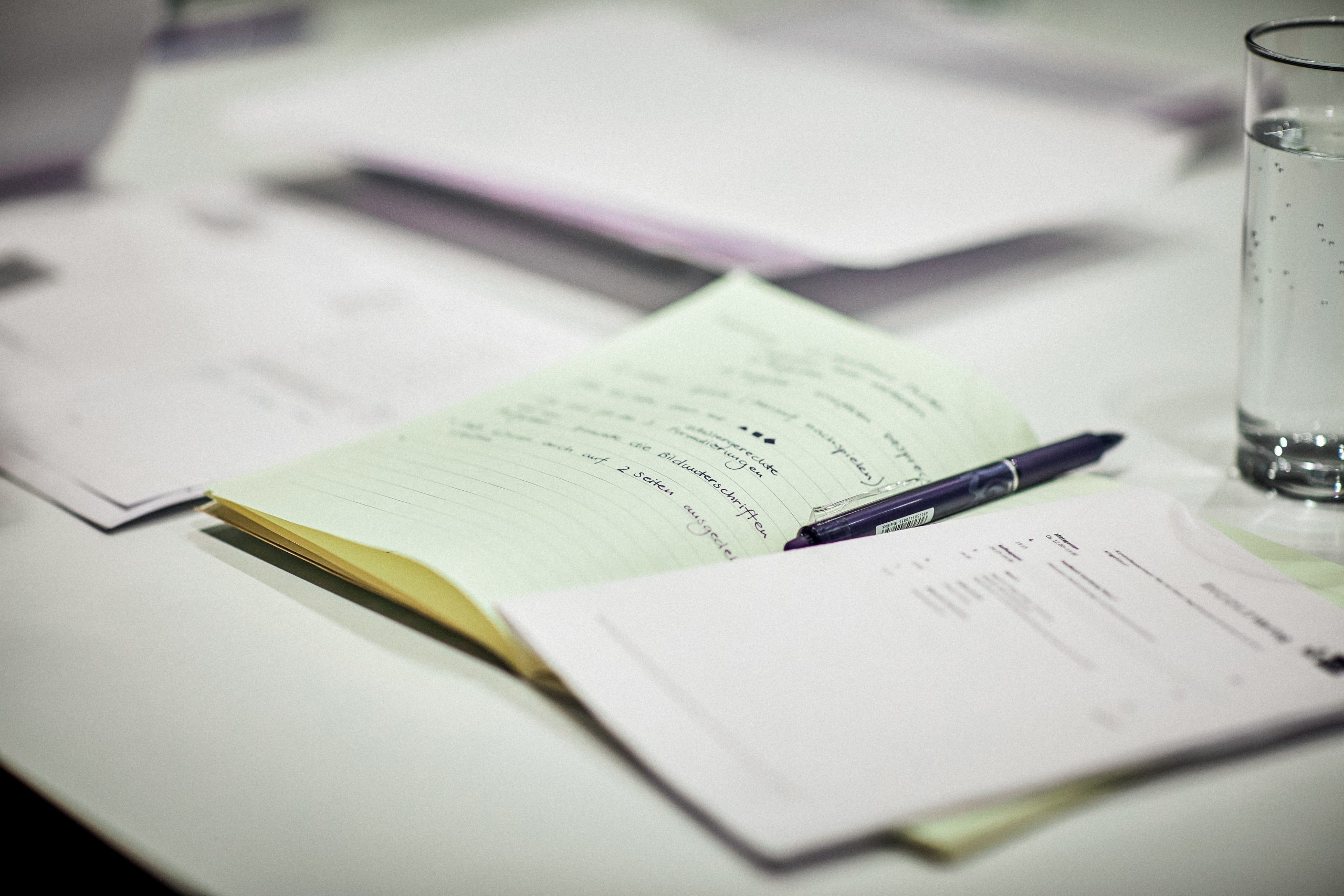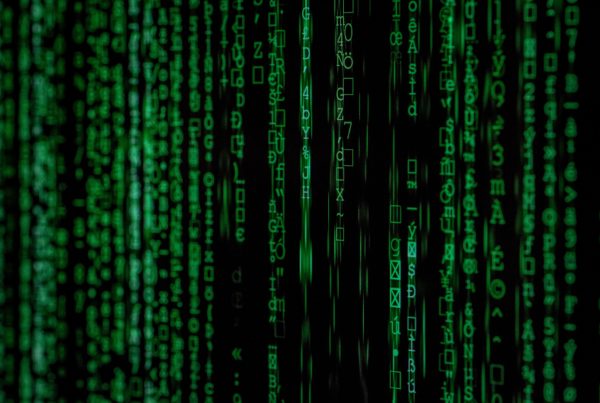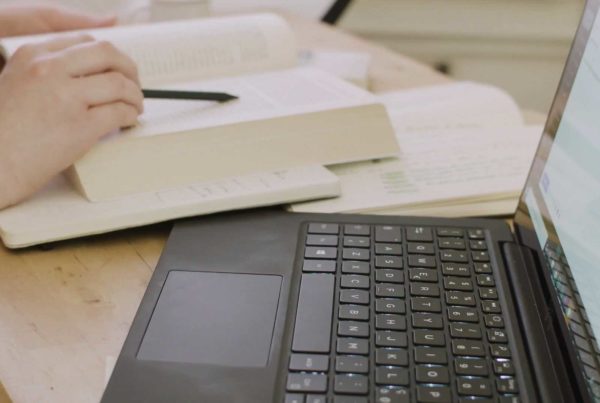We get it. Innovation is hard. You know you have an innovative idea, but getting it from the idea stage to creating a valuable product is a lengthy process. For hardware companies, a logical first step could be patenting your idea–and this step doesn’t come cheap.
Unfortunately, when it comes to the cost of obtaining a patent, the only accurate answer is the standard legal response — it depends. Here’s a quick overview to help you get your bearings.
What’s the Cost of Each Patent Type?
The short answer? Look at the USPTO fee schedule. The long answer? It’s more complicated than that.
For example, according to the USPTO, the undiscounted, basic filing fee for a US non-provisional utility application is $320 (as of January 2, 2021). However, the true costs depends on if you are eligible for discounts as a small entity or a micro-entity.
But wait, that’s not all! There are also the search fees, examination fees, extension fees, petition fees, issue fees, maintenance fees, and lots of other ways the USPTO will charge you. Didn’t file the inventor declaration with your original application? Extra filing fee! Have more than 20 claims total? Excess claim fees!
The kicker is, if you miss any payment deadline at any time, your hard fought patent application can become abandoned.
We haven’t even mentioned the law firm charges that you’d have to consider if you engage the services of an IP professional to draft your patent application and shepherd it through the patent office.
Here are the foundational fees you can expect, broken down by patent type.
Provisional: A provisional patent is not a patent in its own right, but rather an application to secure your filing date so that your non-provisional patent (filed within one year of your provisional application) can take advantage of your provisional filing date.
The provisional filing fee in the USPTO fee schedule is a $300 base fee, or a reduced fee of $150 for small entities or $75 for micro-entities. That said, keep in mind that a provisional patent application is only good for one year — unless you file a nonprovisional patent application within one year of the provisional filing date, the provisional patent application disappears into the ether. Also, there is no such thing as a provisional PATENT — think of provisional patent applications just as a placeholder to get you a priority date for future nonprovisional patent applications.
If done correctly, the provisional patent application looks pretty much like a full, non-provisional application. If done incorrectly, a provisional patent application isn’t worth the paper on which it’s printed. Talk to your friendly IP professional who can explain to you the difference.
Non-Provisional: A non-provisional patent is more commonly known as a utility patent. These patent applications are examined by one or more patent examiners at an official entity like the US Patent and Trademark Office, and only granted for new, improved, and useful products, processes, or machines. The initial filing of a non-provisional patent application requires a basic filing fee, a search fee, an examination fee, and any other miscellaneous charges that the patent office decides to tack on there.
Also keep in mind that this patent examination process can take two to five years — from when you file the application to when you, hopefully, obtain an issued patent, there’s usually a lot of sweat and money involved in filing fees, petition fees, and legal counsel fees.
Design: If a utility patent protects the way an invention works and is used, a design patent protects the way it looks. For this reason, many prominent inventions are protected by both utility and design patents attached to them. A fashion house, for example, might use a design patent to make sure competitors can’t replicate a handbag’s design features.
Design patent applications are cheaper to file than utility patent applications, and usually are decided within one year from filing. Do keep in mind that there are very specific legal requirements for enforceable and valuable design patents.
Plant: Plant patents, as the name implies, are granted for new varieties of plant, fungi, or micro-algae (other than tuber-propagated plants and plants found in an uncultivated state). Again, plant patent application filings have their own set of legal requirements, so be sure to consult an IP professional so that you’re not wasting your time and money pursuing a plant patent application.
Factors That Change Your Sticker Price
The biggest factor affecting your patent cost is the relative complexity of the invention. An extremely simple invention (a mechanical widget, for example) will cost a lot less to protect than a complex electronic system, for example.
The choice to do it yourself or hire a professional also affects your sticker price. Remember, the patent process is highly complex, so while you might save money initially through a DIY approach, you may wind up paying a lot more later to hire a professional to clean up your application or not even end up with an issued patent at all. While hiring a professional costs more at the outset, you can also improve your chances of obtaining a valuable piece of intellectual property, if you do work with a professional from the outset.
The moral of the story? Patents are expensive. The thing is, your IP is only as valuable as the work you put into building it.
Our job is to help inventors like you protect your most important assets, with an expert team offering diverse patent experience to help you craft a successful patent strategy.
Let’s make the most of your investment–and set your great idea up for future success. Click here to get started.





